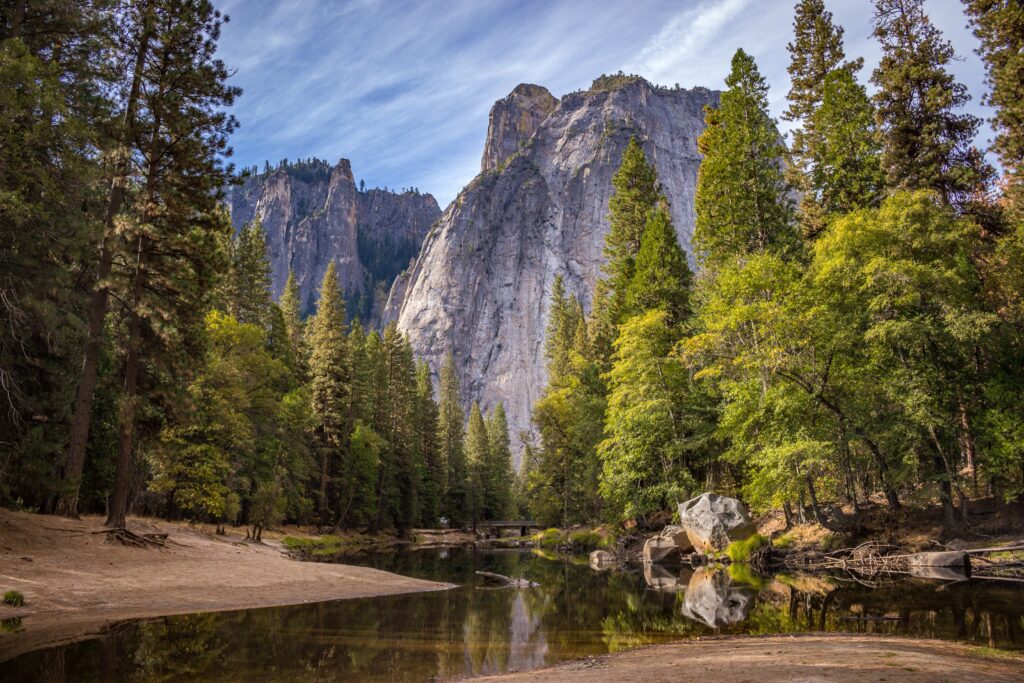
Statement for the record submitted to the Senate Energy and Natural Resources Committee – National Parks Subcommittee Hearing on the Great American Outdoors Act
Main Points
- Great American Outdoors Act funding is helping address critical deferred maintenance needs in our national parks system.
- Federal land leadership should consider using the investment options for the National Parks and Public Lands Legacy Restoration Fund to maximize conservation funding flexibility beyond the program’s current five-year authorization.
- Addressing overdue maintenance is vital, but the root of the problem is a lack of attention to routine maintenance.
- Looking ahead, energy revenues are unlikely to be a reliable source to fund conservation and recreation in the 21st century, and new alternatives including recreation fees and conservation leasing should be pursued.
Introduction
Chairman King, Ranking Member Daines, and members of the National Parks Subcommittee, thank you for the opportunity to submit this statement for the hearing record on the implementation of the Great American Outdoors Act. The Property and Environment Research Center (PERC), a conservation research institute based in Bozeman, Montana, has explored market-based solutions to improve stewardship of our public lands for over 40 years. We have emphasized the need to address deferred maintenance on our public lands and supported the adoption of the National Parks and Public Lands Legacy Restoration Fund through the Great American Outdoors Act.
Two years after the passage of GAOA, Congress is right to review the implementation of the program and the benefits to our public lands. The Legacy Restoration Fund provides up to $1.9 billion annually for deferred maintenance projects across federal land agencies for five years, and it is important to ensure those dollars are being spent effectively on the ground.



